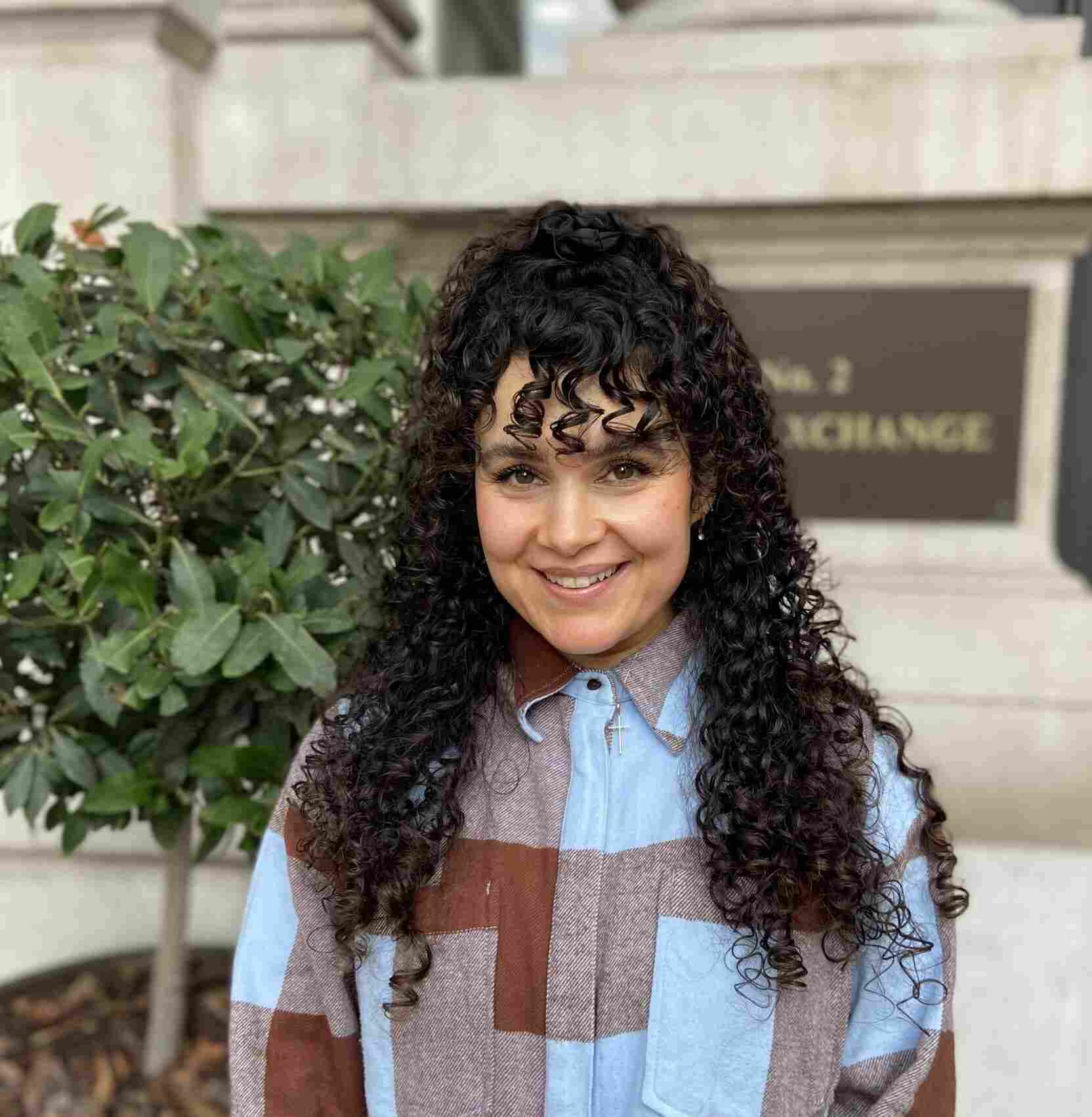As our population ages, ensuring the well-being and independence of older adults becomes increasingly important. Caregiving is a rewarding but challenging role, and a multi-faceted approach is essential. This approach involves technology, health, and a safe environment.
The power of technology in combating loneliness
Loneliness and social isolation are significant issues for many older adults. Especially for those who are housebound or live alone. However, technology is proving to be a powerful tool in bridging this gap.
Growing trend
Internet use among people aged 65 and older is rising faster than any other age group. They are adapting and learning to use technology not just for assistive purposes, but for communication
Key benefits
- Reduce isolation – Instant communication through video calls and messaging allows loved ones to connect anytime, reducing feeling of loneliness
- Staying involved – Technology enables participation in everyday moments like family birthdays or celebrations, making a person feel included even from a distance.
- Adaptability – Adjustable settings (font size, simplified interfaces) for visual impairments
To help an elderly person get started, caregivers can assist with the set up and provide clear, simple instructions. Avoid technical jargon and encourage them to explore at their own pace.
Understanding and preventing hearing loss
Hearing loss is a common condition that can affect social engagement and overall quality of life. It’s important to understand ins causes and take preventative measures.
Types of hearing loss
Conductive hearing loss – This occurs due to blockages or damage in the outer or middle ear, often from earwax buildup. Condition such as Otosclerosis or Cholesteatoma can also cause it.
Sensorineural hearing loss – The most common type, caused by damage to the inner ear, hearing nerves, or brain structure. It’s often linked to aging, where tiny hair cells in the inner ear are permanently damaged. Loud noised can also be a significant factor.
Mixed hearing loss – A combination of both types.
Prevention and care
Protect your ears – Avoid loud noises and control the volume on headphones, using noise-cancelling devices to help.
Regular testing – It’s recommended that adults over 50 get a hearing test every three years. For those exposed to loud noises at work, more frequent tests are advised.
Don’t postpone treatment – Only one in five people who need hearing aids use them. Hearing loss is treatable, and sometimes reversible, so it’s crucial to seek professional help.
Find out more about our private homecare services
Preventing slips, trips and falls
Falls are one of the largest causes of hospital admissions for the elderly and can significantly damage confidence and independence. Simple modifications and proactive measures at home can make a huge difference.
Personal health and safety
- Stay active – Regular exercises can improve muscle strength and balance.
- Eat well and hydrate – Proper nutrition and hydration are vital for maintaining physical stability.
- Manage medication – Be aware of side effects that can cause dizziness and discuss any concerns with a doctor
- Wear proper footwear – Choose well-fitting shoes with good support. Avoid walking barefoot, in socks, or in tights indoors.
Tips for around the house
- Remove hazards – Clear clutter and trailing wires. Avoid placing rugs or mats at the top or bottom of stairs.
- Install safety aids – Use non-slip mats in the bath or shower, and install grab rails for support.
- Improve lighting – Use night lights or motion-activated lights to ensure visibility, especially at night.
- Organise your space – Keep frequently used items at a manageable height to avoid reaching or bending.
Caregiving and the importance of homecare
Being a caregiver is a demanding role, and recognising when to seek help is crucial for both the carer and the loved one.
When to consider homecare
If you’re experiencing caregiver burnout or if your loved one’s needs are becoming too demanding to manage alone, it may be time to discuss homecare options. This is a common situation, as about one in eight adults in the UK are caregivers.
Key aspects of homecare
Care coordination – ensures all participants are on the same page, from family members to professional carers. This leads to safer and more effective care.
Open communication – Involve the individual receiving care in decisions that affect them to promote dignity and a better quality of life.
Social inclusion – Homecare can provide companionship, reducing feelings of loneliness and helping the person stay engaged in their community.
Arranging homecare
You can arrange services through a local council assessment or by hiring a private agency. Private agencies are registered with the Care Quality Commission, ensuring quality and personalised care.
A holistic approach to elderly care can significantly enhance the quality of life for older adults. This includes embracing technology and addressing health concerns like hearing loss. It also means ensuring a safe home environment. These measures provide vital support for the dedicated caregivers who help them.
How can Cavendish Homecare help?
At Cavendish Homecare we are experts in providing private homecare for clients who want to remain in their own homes. When it comes to your health and wellbeing, choosing the right homecare package is of utmost importance and navigating this process can be overwhelming. With Cavendish Homecare by your side, you’ll have the support you need to remain safely at home while enjoying elevated health and wellbeing.
If you would like to enquire about our homecare services, contact us on, 02030085210 or email us at info@cavendishhomecare.com.

About the Author…
Misha Zemkova
Operations Coordinator
Misha plays a key role in ensuring the smooth and efficient running of day-to-day operations across the business. With a background in supported living and a degree in Health and Social Care, she brings both experience and empathy to her role.
 Back
Back